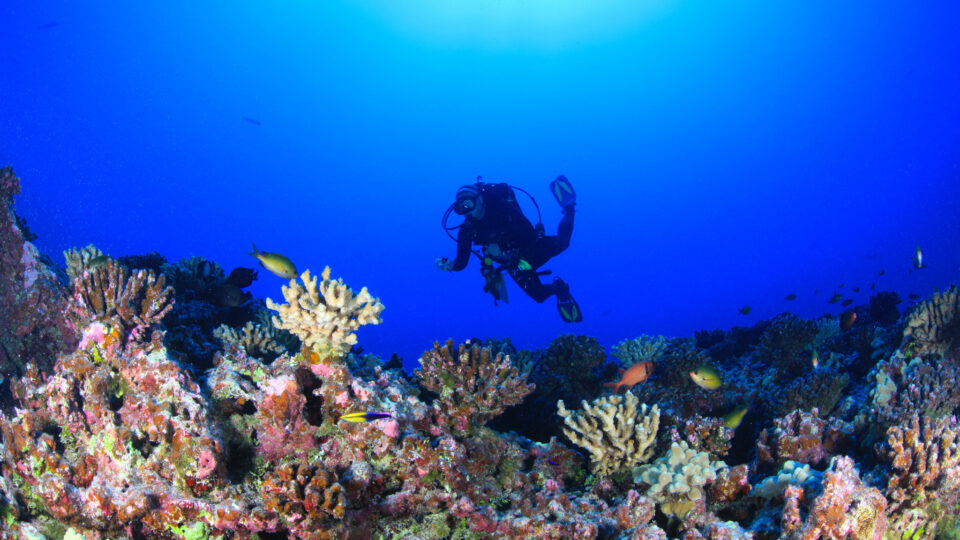Coral reefs around the world face multiple dangers from warming waters, acidification, human activity, and more. Powerful storms often cause tremendous damage to reefs. When possible, snorkelers and divers are deployed to try to repair damage to reefs. But philanthropy and government grants are basically the only resources available to fund such actions.
Three years ago, tourist businesses and the government in the Mexican state of Quintana Roo purchased an insurance policy to offset costs of protecting the local parts of the Mesoamerican Reef. The environmental group the MAR Fund later took out an insurance policy on the rest of the reef in Mexico, Belize, Guatemala, and Honduras.
With this precedent, the Nature Conservancy recently purchased an insurance policy on behalf of the state of Hawaii to help offset repair work on its coral reefs. It is the first U.S. coral insurance contract.
Coral reefs are more than just hosts for marine life. They provide barriers against ocean storm surges, which is a major financial incentive for protecting them and hence an incentive to invest in insurance.
The new Hawaiian insurance policy has a premium of $110,000 a year and will provide $2 million in protection. Payouts occur when wind speeds go above 50 knots. No further proof of damage is required.
The Nature Conservancy has created teams called ‘Reef Brigades’ composed of snorkelers and divers who recover reef fragments, store them in ocean or shore-based nurseries, and then re-attach them when conditions are safe. It can be very expensive to do this sort of work, particularly when new corals grown in a nursery are required.
**********
Web Links
Analysis: First U.S. coral insurance marks the rise of the reef brigades
Photo, posted September 14, 2011, courtesy of Greg McFall/NOAA Office of National Marine Sanctuaries via Flickr.
Earth Wise is a production of WAMC Northeast Public Radio




